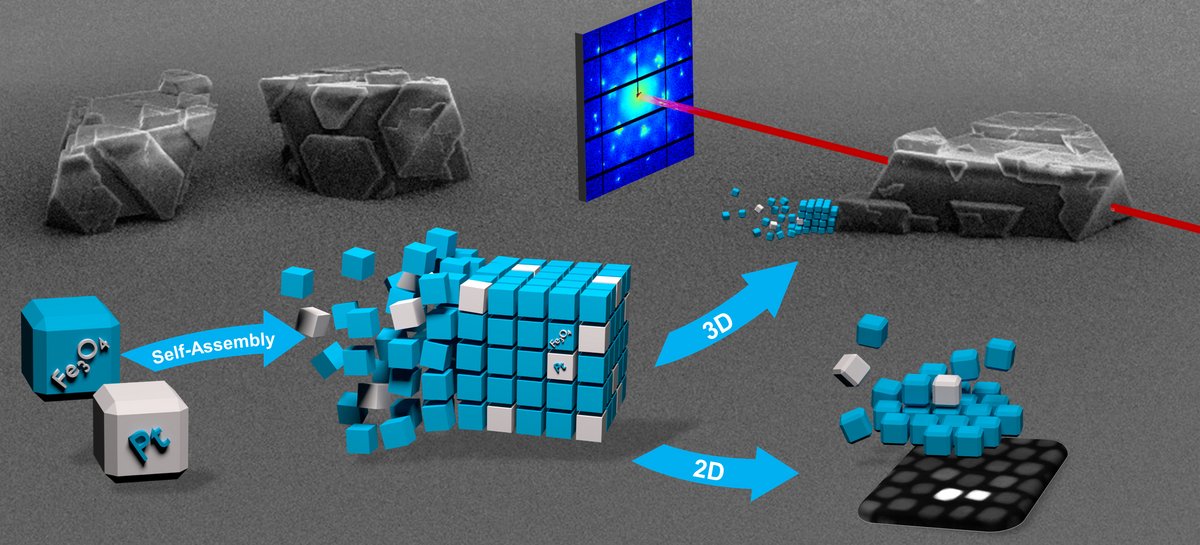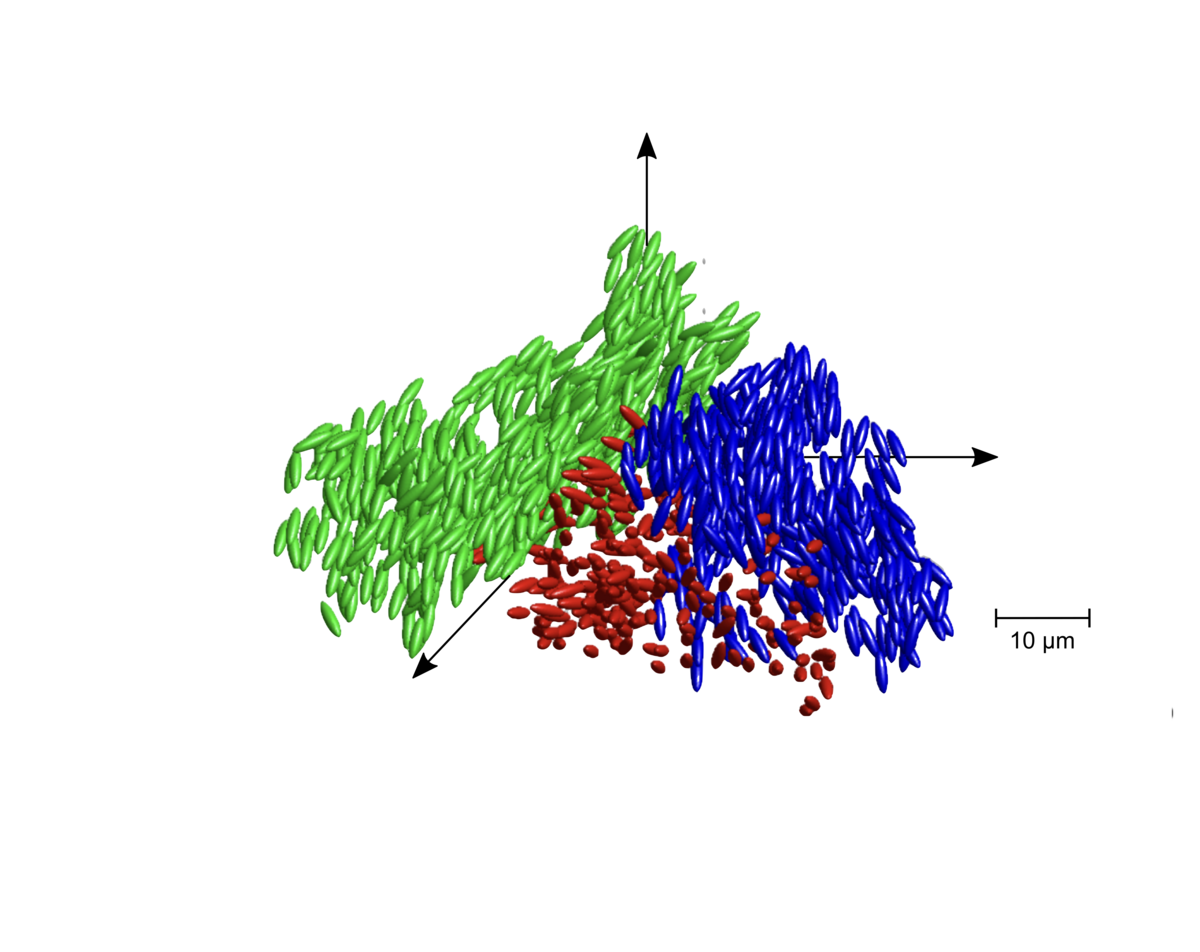
Binäre Mesokristalle
Forscherteam unter Konstanzer Leitung erzeugt erstmals dreidimensionale Mesokristalle aus zwei unterschiedlichen Typen von Nanokristallen – Platin und Magnetit. Dies legt den Grundstein für die Synthese neuartiger nanostrukturierter Festkörper mit bisher unerforschten Eigenschaften.
Read more
